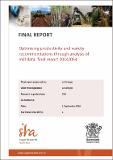Optimising productivity and variety recommendations through analysis of mill data : final report 2014/054
Abstract
Production peaked in the Herbert River mills in 2005 at 5.5 Mt, and in 2015 was 4.5 Mt. Cane and sugar yields during this period have also been below average, particularly in 2011, and significant areas went from growing cane to other uses. Although some of this regional variation can be explained by extreme weather events or disease incursions, it is important to identify those causes that can be controlled in order to increase production/ profitability for industry. Huge amounts of data are captured annually by Wilmar and HCPSL (Herbert Cane Productivity Services Limited) and this significant investment is under-utilised in decision making. Productivity within a mill region is highly variable and depends on many factors. Development of innovative tools to analyse and summarise mill data by region could be used to identify production units performing below potential and the factors associated with this.

